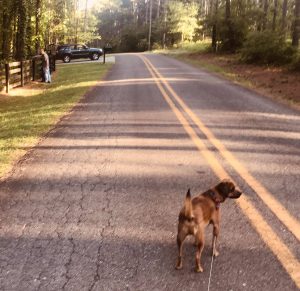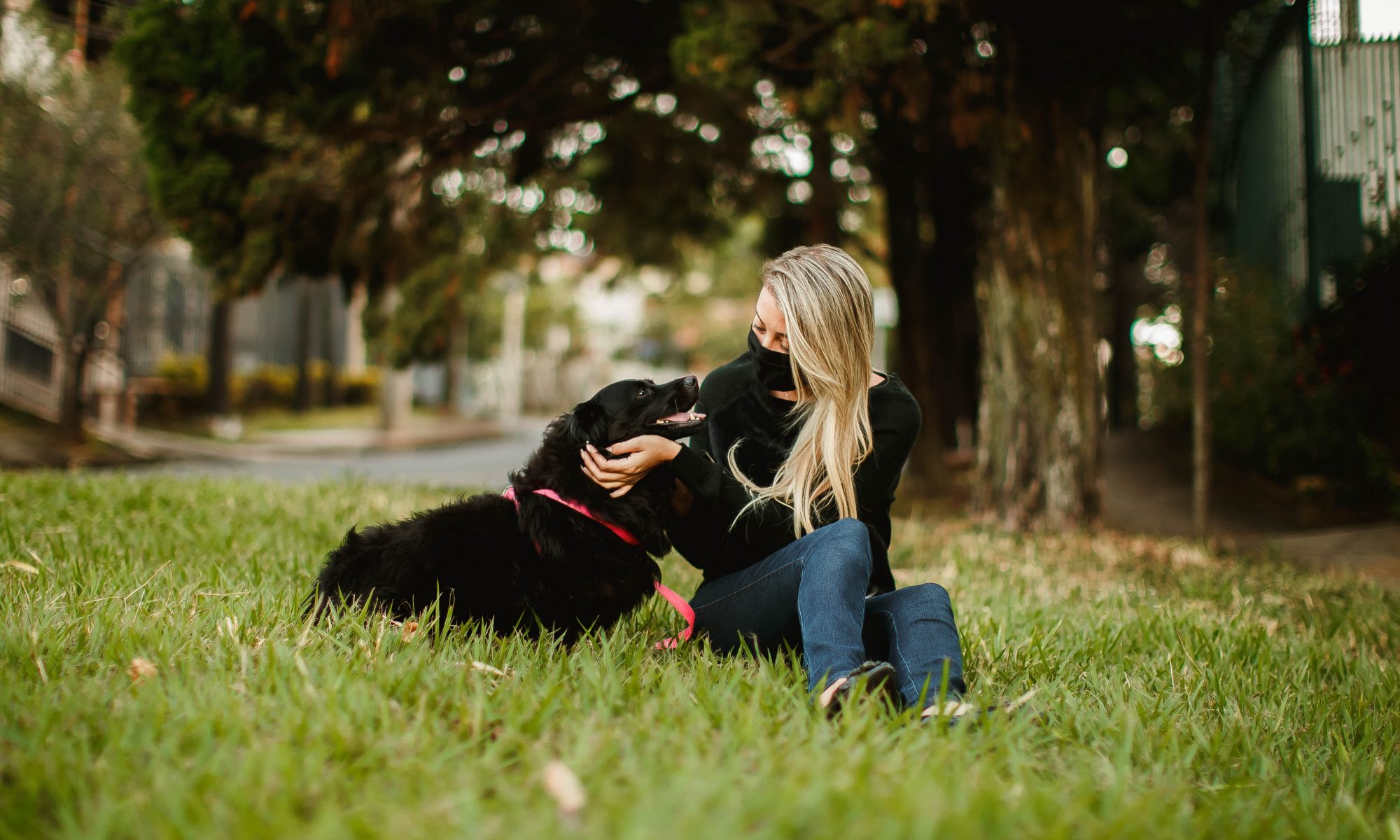I live on acreage in the country and see dogs roaming free off-leash all of the time.
They chase my car as I drive by. Some just sit lethargically under a tree while others lie in the road and act like I’m in their way.
The owners of these dogs don’t seem to worry that they might get hit by a car, attacked by a coyote, or kidnapped by someone who wants to do them harm. They obviously trust that their dog is safe and can handle whatever bad things may come their way. They simply don’t worry.

I kind of envy these folks because I am the exact opposite type of dog owner.
It’s not that I don’t believe dogs should be allowed to run free, because I do. They deserve it. Even though we have the land, I still have him on a leash 95% of the time because I’m an overly protective dog owner.
The times I have let my dog off leash to run to his heart’s delight have not resulted in anything too bad happening minus the time he ate a dead rabbit and threw it up on the kitchen floor. Or the time my dog chased a deer into the woods and didn’t emerge from the forest for what seemed like hours. Or the time my dog got a tapeworm from eating who-knows-what.
Nevermind the coyotes that howl at night and sometimes during the day. They live close by and would love to have my dog for an evening snack. No thanks, I’ll keep him on a leash during our walks. I did, however, let him off-leash one time to see how he would do and he managed to get out of our front gate and run off down the road.
No amount of hollering his name and pleading for him to come back did any good. I went to get the car to track him down and he was sitting by the gate waiting for me. The little stinker nearly gave me a heart attack. Thank goodness my small dog wasn’t hit by a car or eaten by a coyote.

To be clear, I am not judging the people who let their dogs roam.
That is their business. I believe each dog owner has their own lifestyle and beliefs on how to train and raise a dog. Some dog parents are more lenient and others, like me, are more strict.
I do occasionally let my dog off his leash if I am outside with him and there are no guests coming to the house. He will chase the car as they leave and who knows where he’ll go. We go on long walks (with a leash of course) every day and he gets his exercise and can sniff whatever he wants under my close supervision. It works for both of us and he’s a happy dog.














